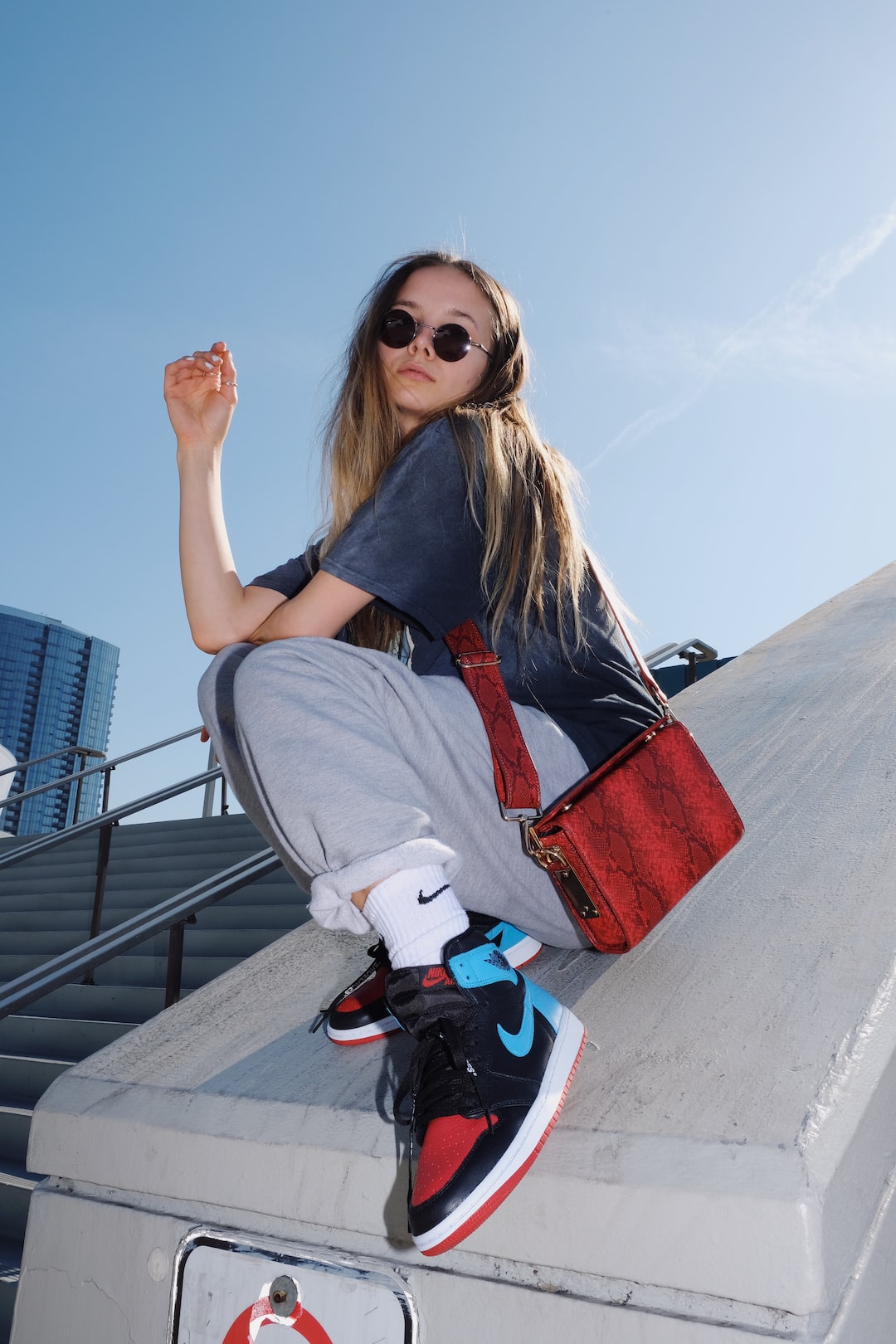The Evolution of Sustainable Fashion Brands
Sustainable fashion has become more than just a buzzword in recent years. It has emerged as a movement that resonates with conscious consumers who are concerned about the environmental and social impact of their clothing choices. This growing demand for sustainable fashion has prompted the rise of several brands that are committed to producing clothing in an ethical and environmentally-friendly manner. Let’s delve into the evolution of sustainable fashion brands and the impact they have made on the industry.
In the early days, sustainable fashion was often associated with frumpy, unattractive clothing made from organic materials. But times have changed. Today, sustainable fashion brands not only prioritize the planet and its inhabitants but also offer trendy and stylish clothing options. Over the years, these brands have invested in research and development, experimenting with new materials and manufacturing processes to produce garments that are both eco-friendly and aesthetically pleasing.
One significant development in sustainable fashion has been the use of recycled materials. Brands are now utilizing materials such as recycled polyester, denim, and even plastic bottles to create new garments. This not only reduces waste but also prevents the extraction of virgin resources. Additionally, sustainable fashion brands have embraced innovative techniques like upcycling and repurposing to give new life to discarded materials.
Another crucial aspect of sustainable fashion is transparency. In the past, supply chains in the fashion industry were often opaque, making it difficult to track the origins of clothing and the conditions in which they were produced. Sustainable fashion brands, on the other hand, prioritize transparency by providing information about their sourcing practices, manufacturing processes, and labor conditions. This transparency allows consumers to make informed choices and support brands that align with their values.
Collaborations have also played a significant role in the evolution of sustainable fashion brands. Many brands have partnered with ethical and sustainable organizations, such as Fair Trade or non-profit initiatives, to create impactful collections. These collaborations not only raise awareness about sustainability issues but also provide financial support to organizations working towards a better fashion industry.
Furthermore, sustainable fashion brands have begun integrating technology and innovation into their practices. From using blockchain to ensure transparency in supply chains to employing 3D printing techniques to reduce waste, brands are harnessing technology to improve sustainability and efficiency in their operations.
The evolution of sustainable fashion brands showcases that sustainability and style can go hand in hand. As consumers become more conscious of their fashion choices, these brands are moving towards a future where environmentally-friendly clothing is the norm rather than the exception. By supporting these brands, consumers are not only making a statement about what they wear but also contributing to a more sustainable future for the fashion industry as a whole.

